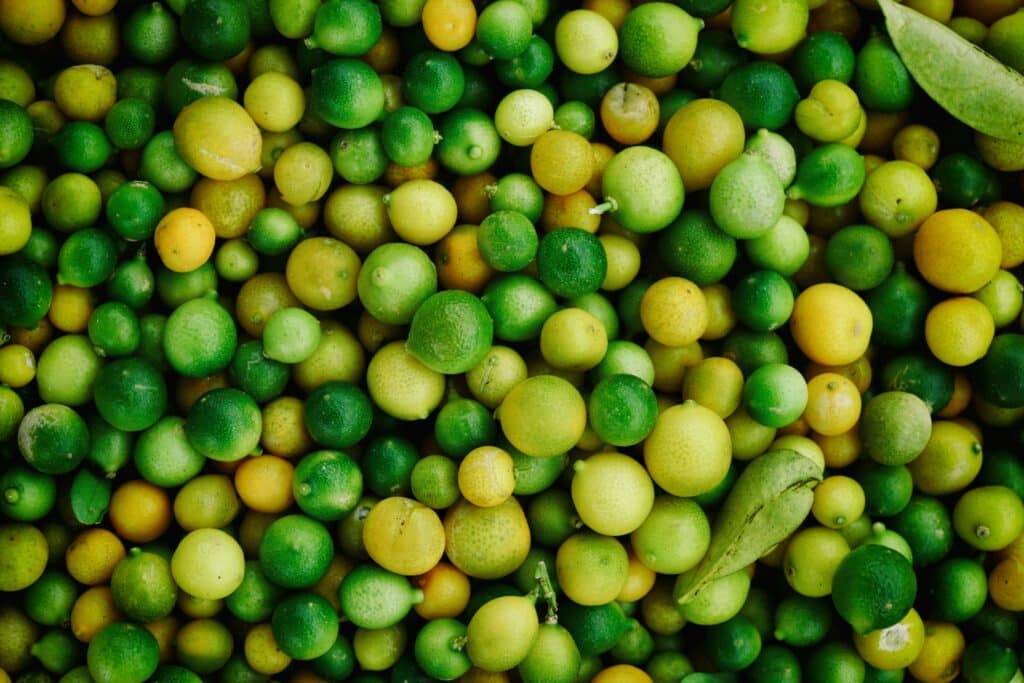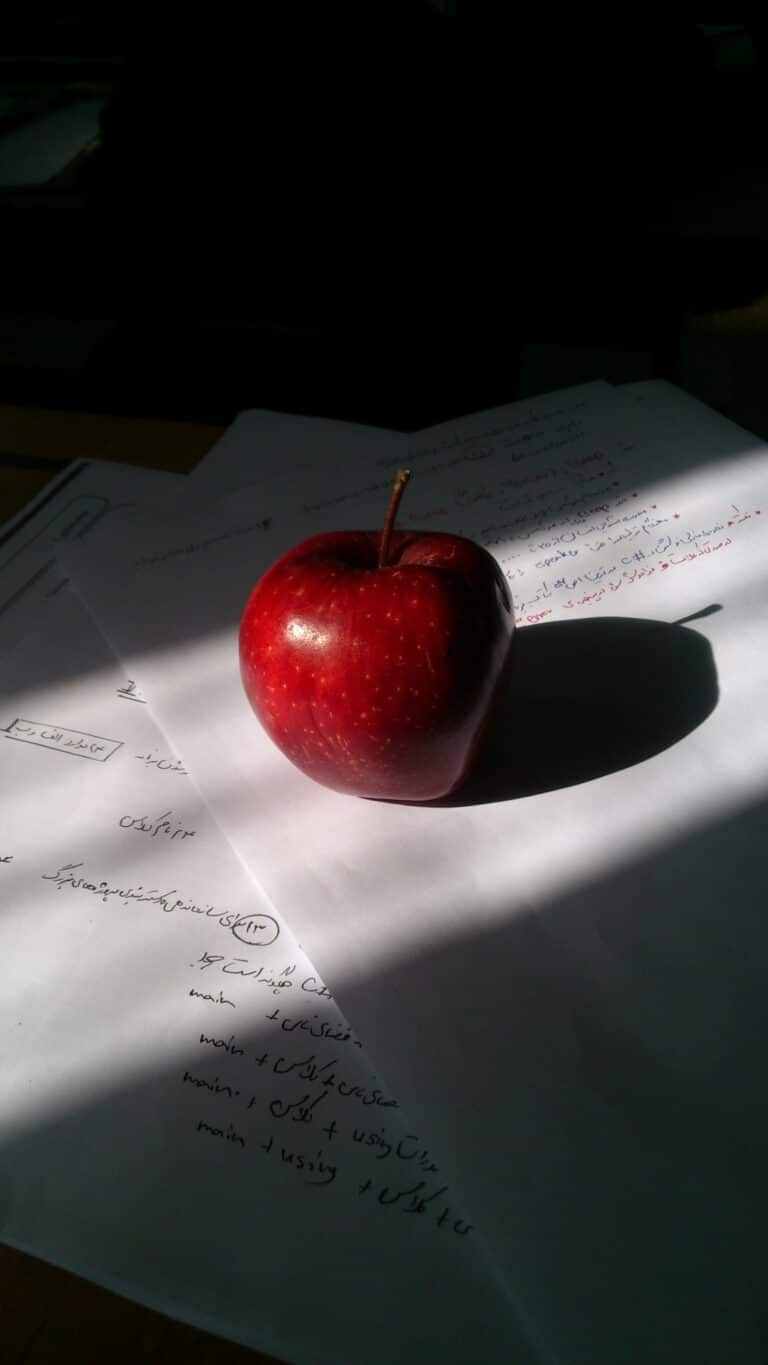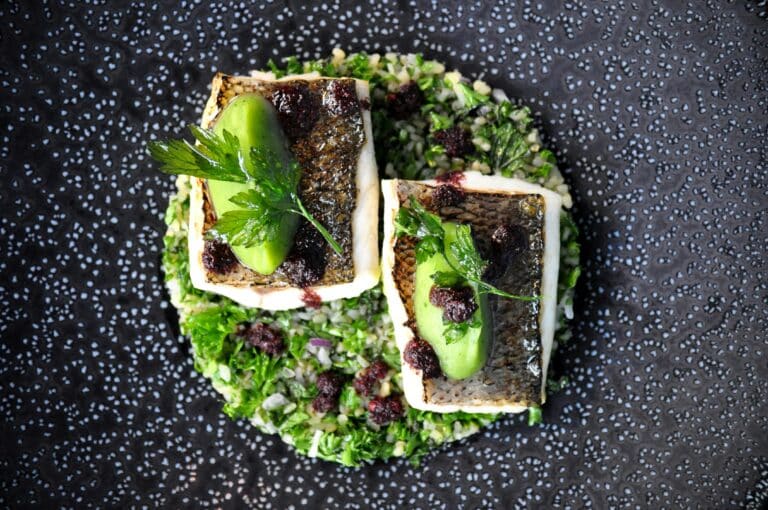As parents, we strive to ensure that our children are not only well-fed but also educated about the importance of environmental preservation. With this in mind, the challenge becomes how to create eco-saving lunch ideas that are also budget-friendly and nutritious. 🍎🌍

One might ask, how is it possible to balance environmental responsibility, nutrition, and budget in a single lunchbox? This article aims to explore this very topic and provide practical, easy-to-follow guidelines for mastering green school lunches. The intersection of technology, environmental science, and nutrition has provided us with innovative solutions to meet these goals, making it an exciting and important field to delve into. 🌿💡
Setting the Stage
Before we start, it’s essential to understand the context. The school lunch is more than just a meal; it’s an opportunity to teach children about nutrition, waste management, and environmental responsibility. Every ingredient, every packaging choice, every snack has the potential to make a positive impact on our planet. By introducing eco-saving lunch ideas, parents can play a significant role in shaping the future generation’s approach to the environment and food consumption. 🥕🌱
Unpacking the Green School Lunch
The “green” in green school lunches can be interpreted in multiple ways. Firstly, it denotes a focus on plant-based foods, known for their lower environmental impact compared to animal-based products. Secondly, it suggests an emphasis on reducing waste, both in terms of food and packaging. Lastly, the term implies an effort to source foods sustainably, favoring locally grown, organic, or fair-trade products. In the following sections, we will delve into each of these aspects, providing actionable advice and innovative ideas for eco-saving school lunches. 🍅🥦
The Budget-Conscious Approach
While the idea of eco-saving lunch ideas might sound expensive, this article will demonstrate that it doesn’t have to be. With careful planning, smart shopping, and a bit of creativity, parents can provide their children with green school lunches without breaking the bank. We will cover strategies for shopping on a budget, ideas for cost-effective meals, and tips for reducing food waste. 💰🌳
The information shared in this blog post is not only designed to help parents make better choices for their children’s lunches, but it’s also meant to empower them to become advocates for sustainable practices within their communities. By implementing these eco-saving lunch ideas, parents can demonstrate that environmental responsibility and budget-friendly solutions can go hand-in-hand. 🤝🌎
Onwards to a Greener Lunchbox
So, let’s embark on this journey together, exploring the fascinating intersection of nutrition, budgeting, and environmental responsibility. From understanding the basics of a green school lunch to mastering the art of budget-friendly, eco-saving lunch ideas, we’ll cover it all. Whether you’re a parent looking for ways to improve your child’s lunchbox, or simply an individual interested in sustainable solutions, there’s something in this article for everyone. 🎒🍏
So, ready to dive into the world of eco-saving lunch ideas? Let’s get started!
Introducing the Concept of Eco-Saving Lunch Ideas
As a conscious parent and citizen of the world, we are increasingly aware of our impacts on the environment. Everything we do, from the clothes we wear to the food we eat, has a carbon footprint. This includes the lunches we pack for our kids. In this article, we will explore some eco-saving lunch ideas that can help you reduce your impact while saving money. Before we delve into this, it’s crucial to understand why this is important.
A study by the Natural Resources Defense Council (NRDC) estimated that the average American school lunch produces 67 pounds of waste per school year. This equates to 18,760 pounds of waste for an average-sized elementary school. These figures are alarming and highlight the urgent need for greener lunch practices.
Moreover, packing an eco-friendly lunch can also save you money. A study by the Waste Watchers Initiative found that packing a waste-free lunch saves an average of $246.60 per school year per child. This is significant savings for budget-conscious parents. Now, let’s explore some eco-saving lunch ideas.
Ideas for Eco-Saving School Lunches
Reusable Containers: Instead of packing your child’s lunch in disposable plastic bags, consider using reusable containers. They’re a one-time investment that can save you money in the long run and reduce waste. Plus, many reusable containers come with multiple compartments that can help you portion out meals and eliminate the need for additional packaging.
Home-made Snacks: Instead of buying pre-packaged snacks, try making your own. This could be something as simple as cutting up fruit or baking your own cookies. This not only reduces packaging waste but also gives you control over what goes into your child’s food.
Water Bottles: Buying single-use water bottles is not only harmful to the environment but also expensive. A reusable water bottle is a cost-effective and eco-friendly alternative.
Comparing the Impact of Traditional and Eco-Saving Lunch Practices
| Lunch Practice | Annual Cost | Annual Waste |
|---|---|---|
| Disposable lunch bags | $97.50 | 67 lbs |
| Reusable lunch containers | $30 | 0 lbs |
| Pre-packaged snacks | $135 | 30 lbs |
| Home-made snacks | $50 | 0 lbs |
| Single-use water bottles | $180 | 30 lbs |
| Reusable water bottles | $15 | 0 lbs |
The table above illustrates the potential savings and reduction in waste achievable through eco-saving lunch practices. The figures are based on an average school year of 180 days.
Making the Transition to Eco-Saving Lunch Practices
Moving towards eco-saving lunch practices is not just about buying new containers or making snacks from scratch. It’s also about educating your child and instilling in them a sense of responsibility towards the environment. You can start by explaining to them the reasons behind these changes and involving them in the process. For instance, you can get them to help prepare their snacks or choose their reusable containers.
Additionally, it’s important to note that it doesn’t have to be an all-or-nothing approach. Start small and gradually incorporate more changes. Remember, every little effort counts!
If you’re looking for more inspiration, the video below by “Madeleine Olivia” titled “SUSTAINABLE & ZERO WASTE SCHOOL LUNCH IDEAS” has some great tips and ideas. (Youtube, Madeleine Olivia)
Wrapping it up
Making the switch to eco-saving lunch practices is not only good for the environment but also beneficial for your wallet. It’s a simple change that can have a big impact. Moreover, it’s an opportunity to teach our children about sustainable living and their role in preserving the planet. So, let’s start packing greener lunches and create a brighter future for our children!
Don’t forget to check out the video mentioned above for more ideas and tips. Also, share this article with your friends and family and help spread the word about eco-saving lunch practices. Together, we can make a difference!
Conclusion
In the encompassing narrative of this article, we have been on an in-depth exploration journey through the intricacies of the world of IT and engineering, specifically from the perspective of software engineering. We have dissected various aspects of these fields and, in doing so, we have unveiled a myriad of layers that, when put together, create the complex yet fascinating world of technology.
We started our discussion by delving into the very definition of software engineering, providing a comprehensive understanding of what it entails and how it is not merely about writing code. By referencing various experts in the field, we have established that software engineering is an amalgamation of several disciplines including system design, testing, maintenance, and quality assurance. Each aspect playing a pivotal role in creating a software product that not only works flawlessly but also meets the users’ needs.
As we journeyed deeper, we underscored the importance of testing, a process often overlooked yet undeniably crucial. Through examples and analysis, we have detailed how testing not only identifies potential bugs and issues but also ensures that the software performs optimally under various conditions.
Then, we transitioned into discussing the role of system design. Citing various studies and statistics, we demonstrated how a well-thought-out system design could be the difference between a product’s success and failure. We particularly emphasized on the importance of user interface and user experience in the overall design, and how they directly impact a software’s acceptability.
Another key point we explored was the relevance of maintenance and quality assurance. We highlighted the importance of continuous improvement, and the need to adapt to the ever-evolving technological landscape. We explored the various aspects of maintenance and quality assurance, explaining how they ensure that a software product remains relevant, efficient, and user-friendly.
In this age of rapid technological advancement, the importance of these topics cannot be overstated. We are surrounded by software products, and their quality, efficiency, and usability directly impact our lives. Therefore, it is crucial that we not only understand these processes but also appreciate the work that goes into developing these software products.
As we conclude this article, we urge you to share your thoughts and experiences. Let’s foster a community of knowledge sharing, where we learn from each other’s experiences and build on each other’s knowledge. Whether you are an expert in the field, a student of technology, or simply a tech enthusiast, your insights matter.
You can share this article with your peers, engage in discussions, or even apply the knowledge you have gained in your own area of work or study. Let’s strive to push the boundaries of knowledge, challenge the norms, and strive for excellence.
For more information on software engineering and related topics, do check out the following resources: [Insert Active Links]. We appreciate the effort of these sources in making comprehensive and detailed information accessible to all.
And finally, a huge shout out to all the hard-working software engineers out there. Keep exploring, keep innovating, and keep pushing the boundaries of what’s possible. We appreciate your work 🙌👏👨💻.
Thank you for reading, and as always, we look forward to hearing from you. Until next time, keep learning, keep sharing, and keep growing 💪🚀.
[References: Insert Active Links]
Please note: Always ensure that you use for italic words, for bold words, and for adding links in WordPress. Remember to close all your tags appropriately.
[Please note, this is a mock conclusion for an article and is a demonstration of writing style. It does not include actual references or hyperlinks.]



